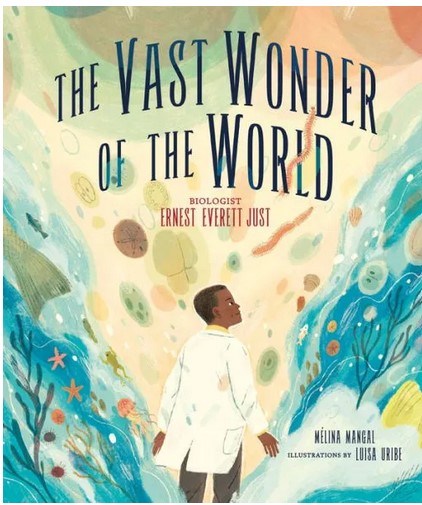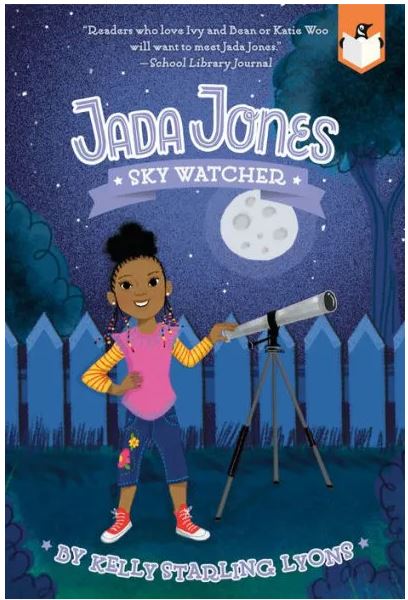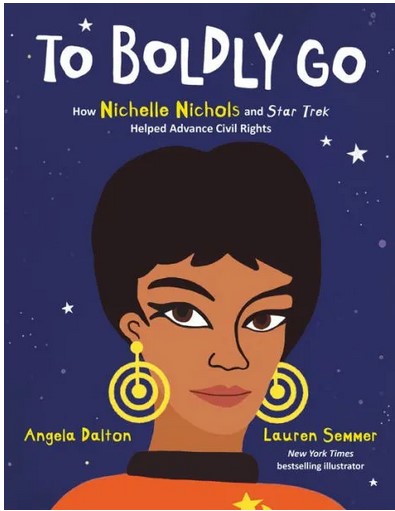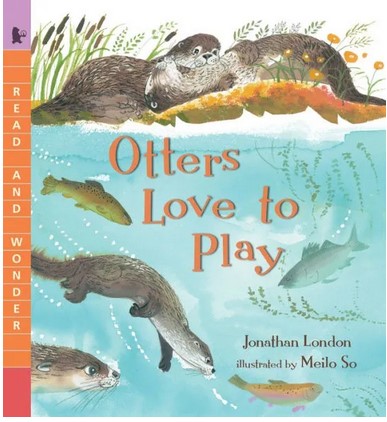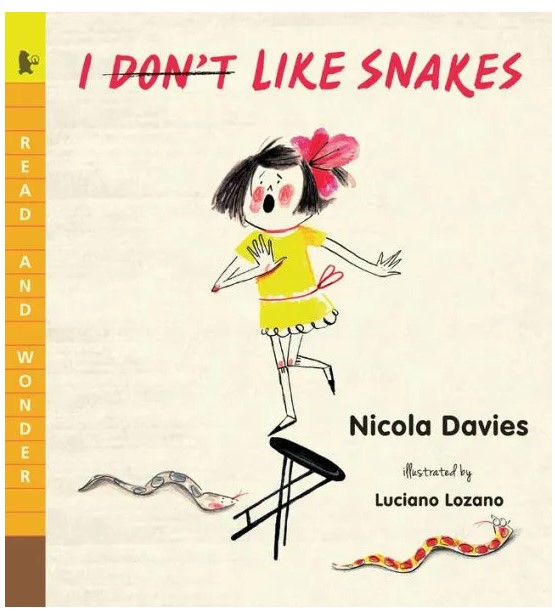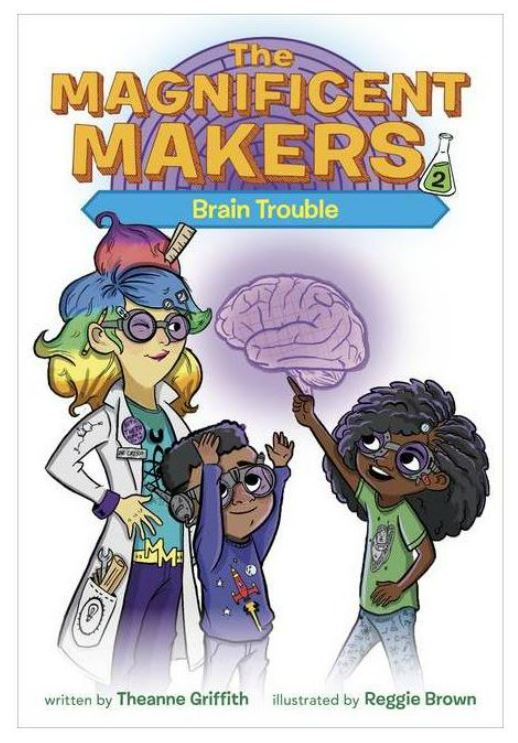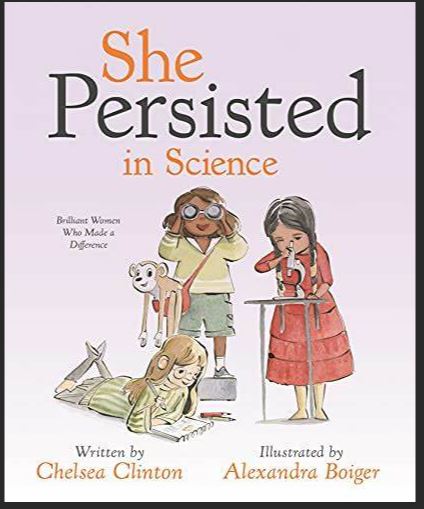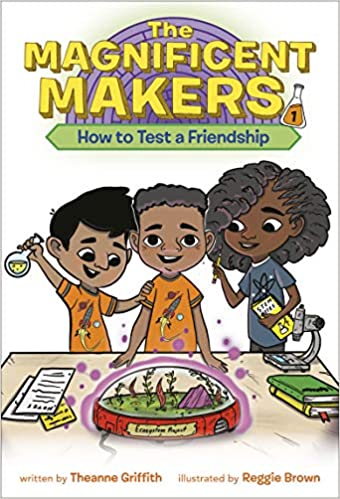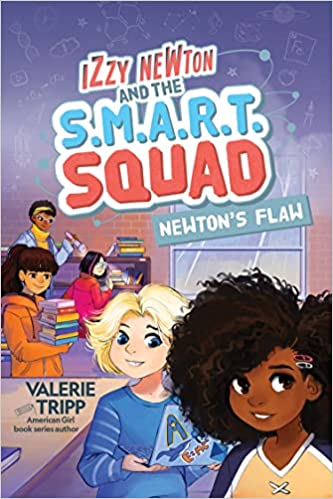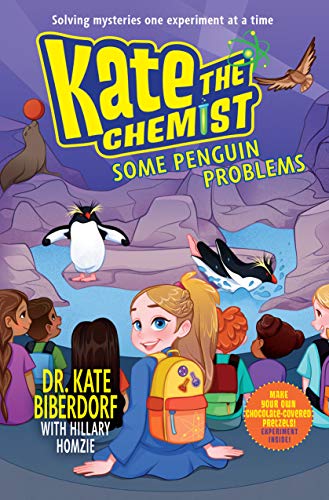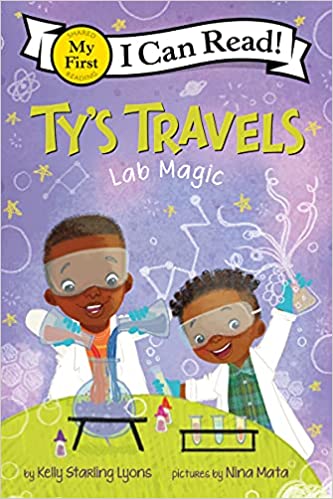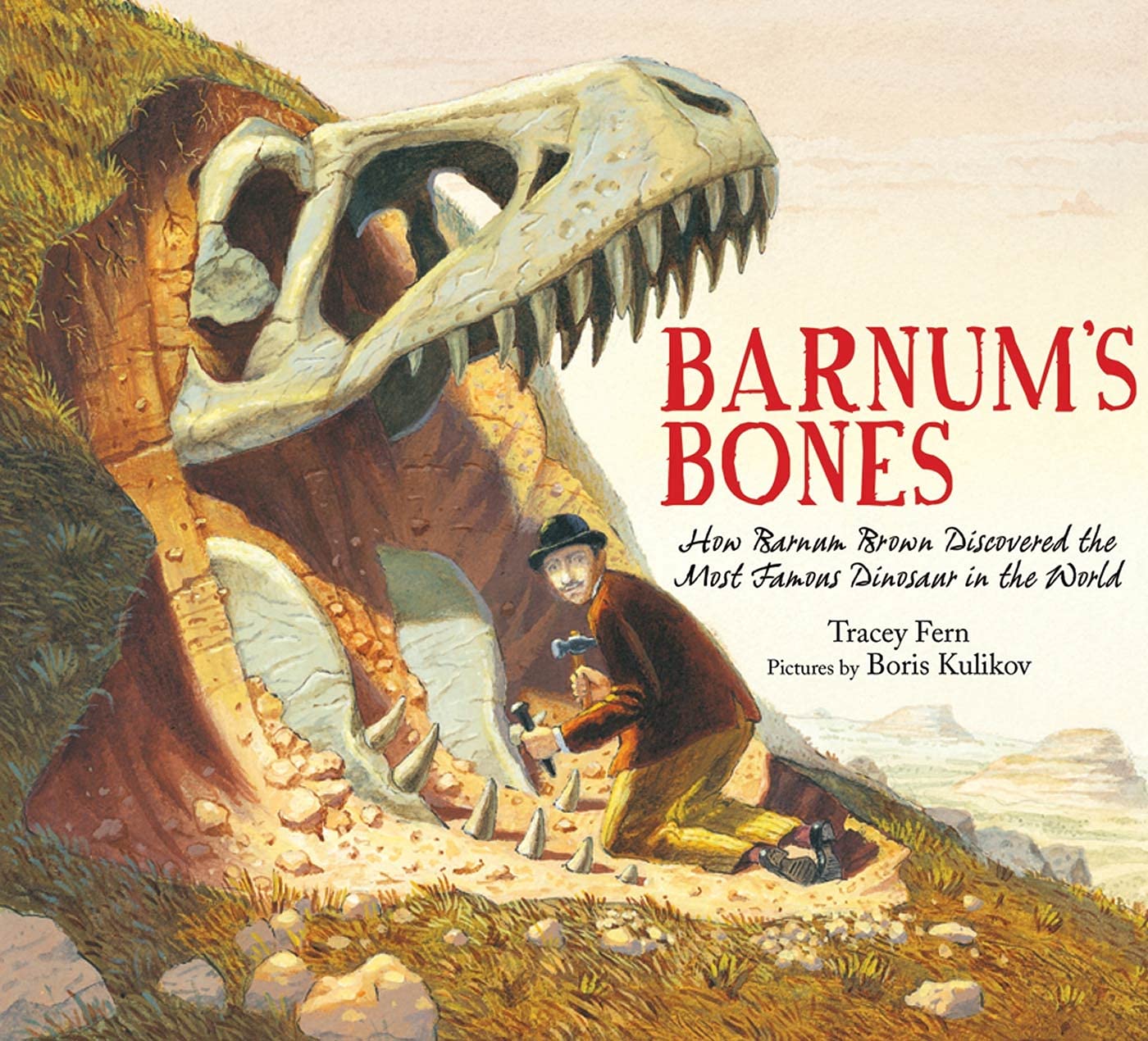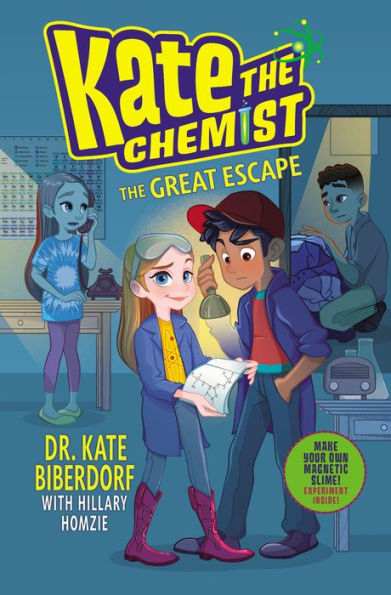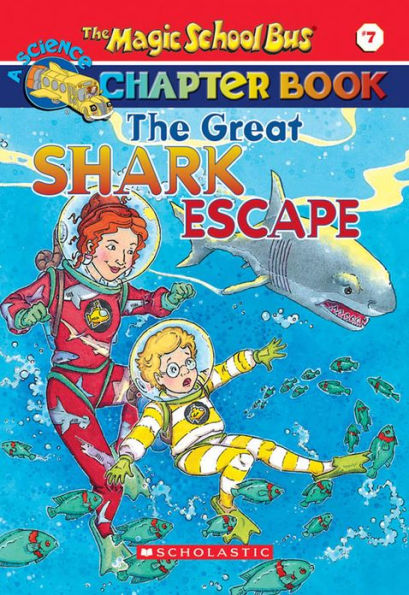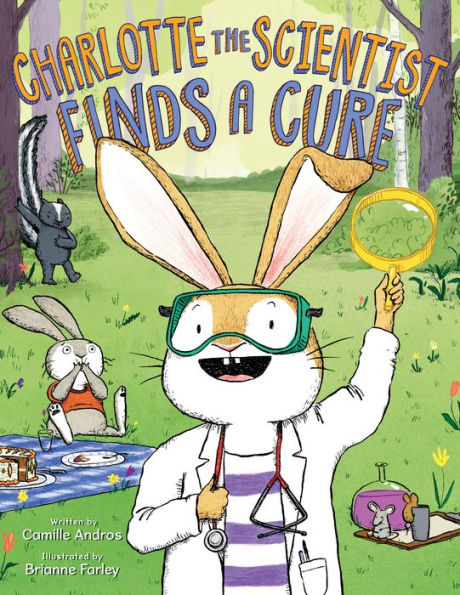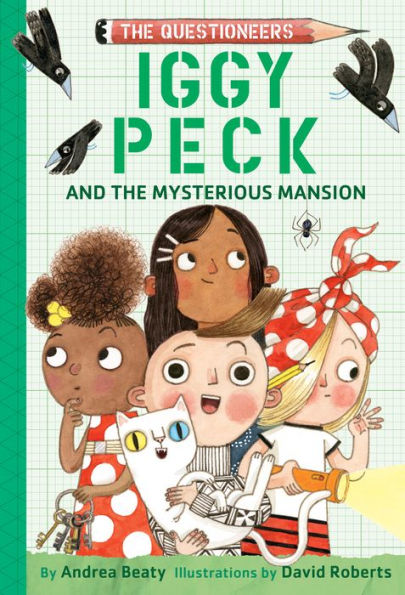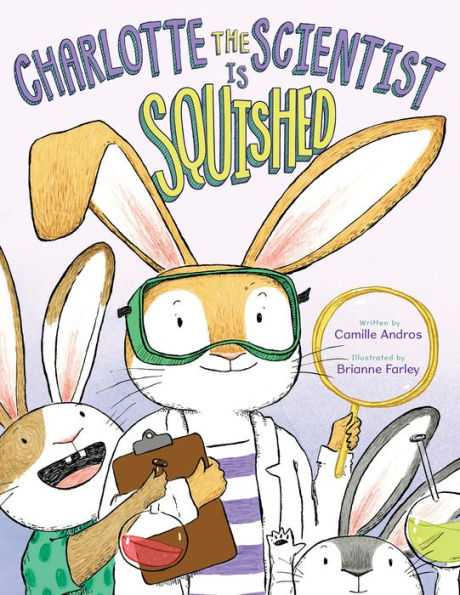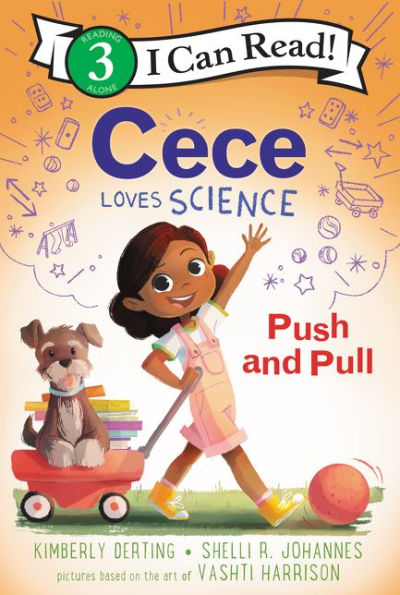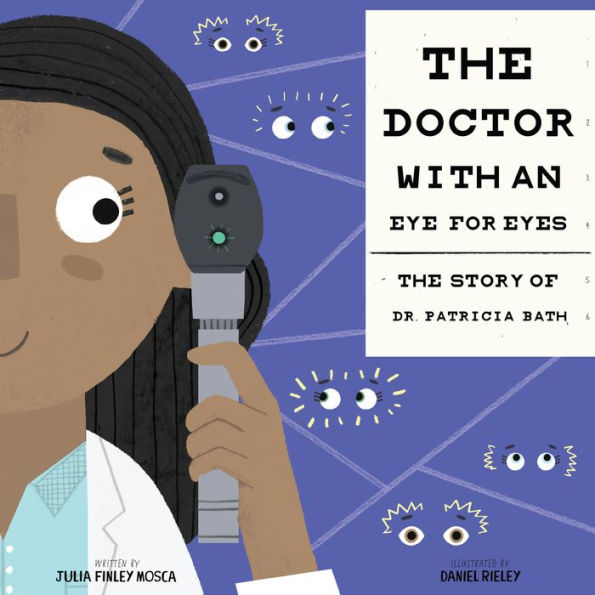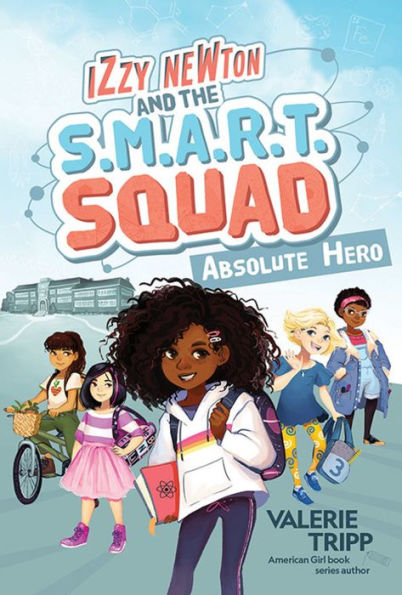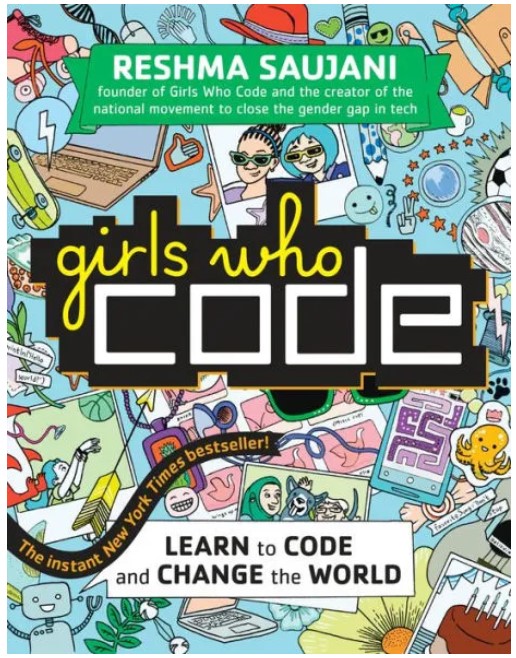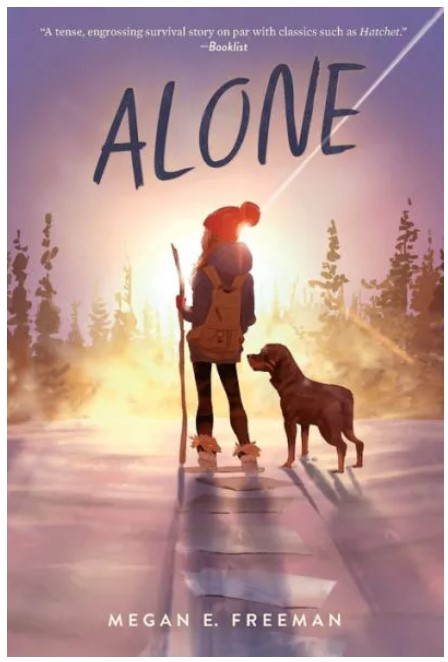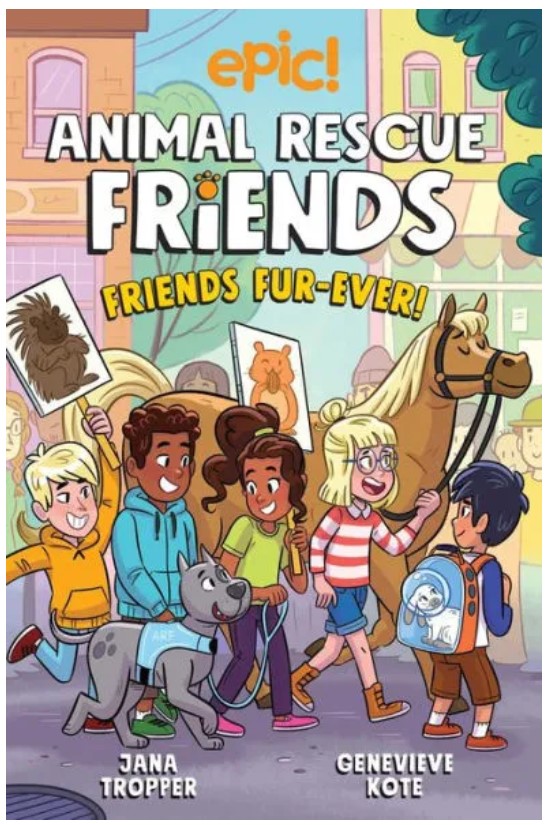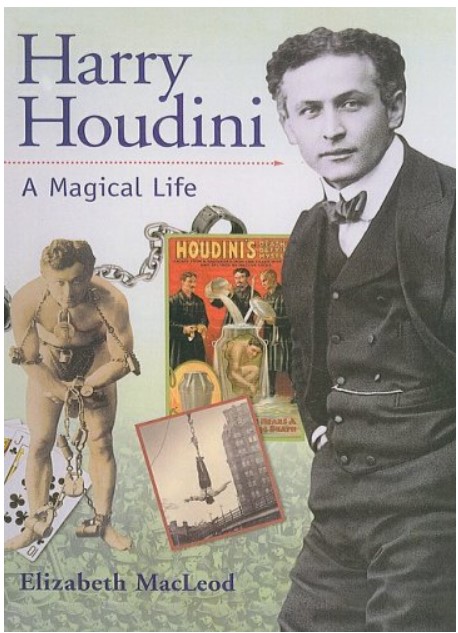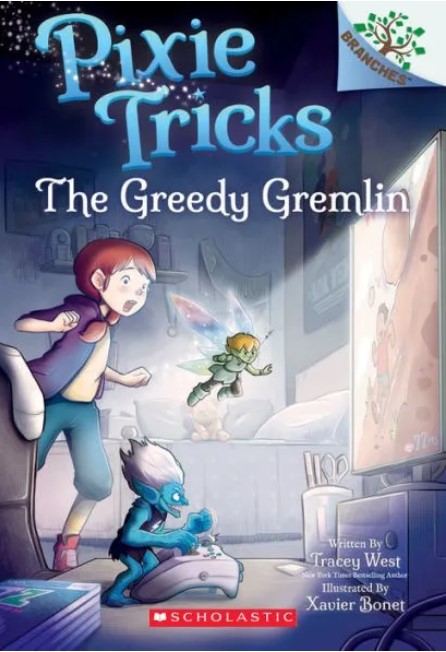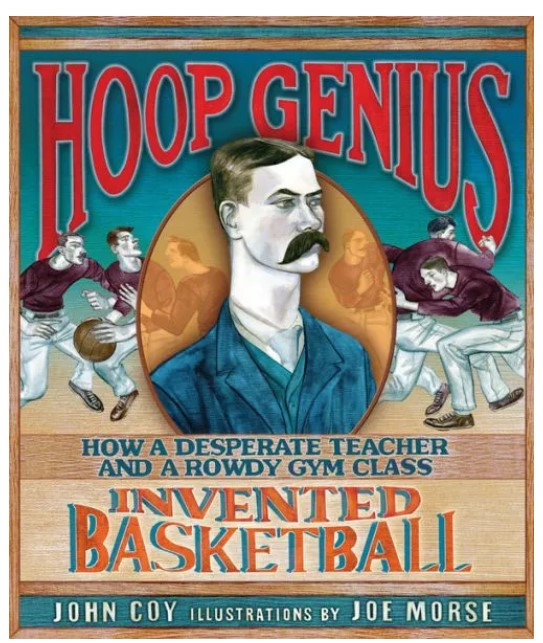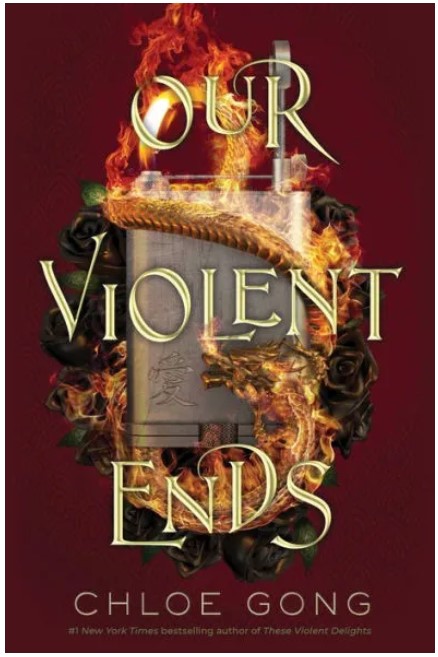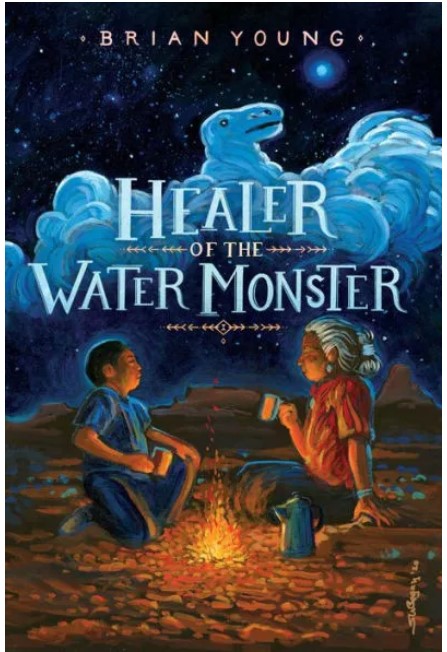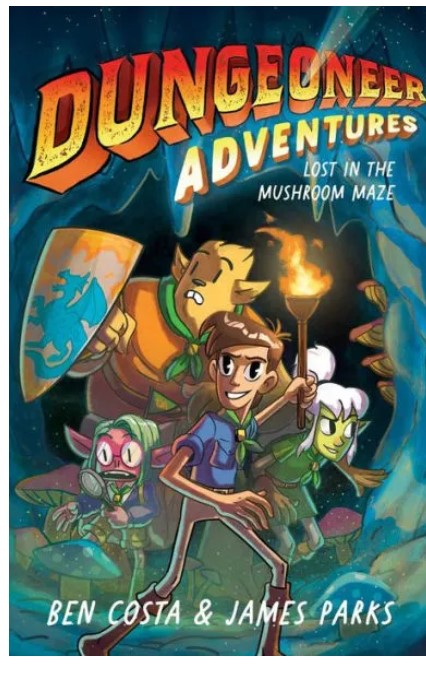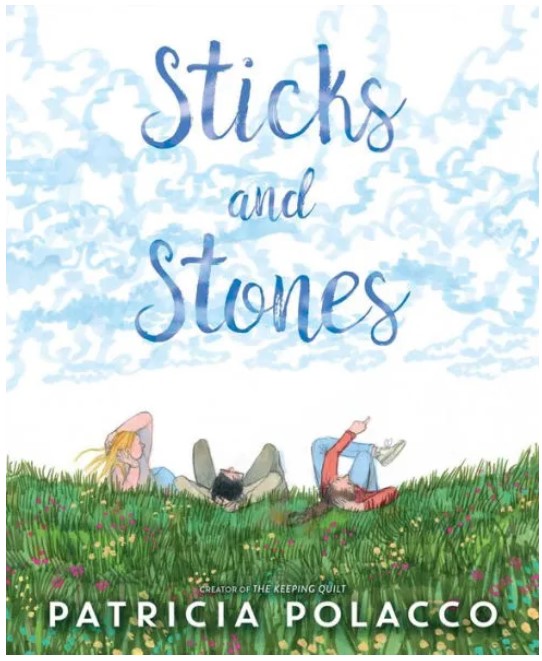Ernest Everett Just was not like other scientists of his time. He saw the whole, where others saw only parts. He noticed details others failed to see. He persisted in his research despite the discrimination and limitations imposed on him as an African American. His keen observations of sea creatures revealed new insights about egg cells and the origins of life.
Any child who loves nature will be delighted by The Vast Wonder of the World. Despite many difficulties in life—such as contracting typhoid, losing his mother at a young age, and having to work while going to college—Ernest never gave up on his dreams. He knew “he had to keep going.” Once in college, “Ernest took a biology class and his life changed forever. In that class, he discovered the microscopic world of the cell.”
The Vast Wonder of the World book explains how Ernest used his knowledge to research and experiment. Several pages illustrate and explain what Ernest learned about cells. While not all readers will understand the importance of Ernest’s discoveries, they will understand how Ernest’s perseverance led him to become an independent researcher.
Ernest’s world is illustrated with beautiful illustrations that showcase Ernest’s love of nature. Readers will enjoy seeing underneath the microscope, where they get a close-up look at marine worms. Many pictures also show Ernest exploring outside where fish swim, pelicans float, and starfish rest on the bottom of the ocean. The beautiful illustrations use natural tones such as light blues, greens, and browns. Even though The Vast Wonder of the World is a picture book, it is more suited to older readers because of the text-heavy pages, advanced vocabulary, and complex sentence structure. Reading about Ernest’s life and accomplishments will inspire readers.
The book ends with a page of notable quotes by Ernest, a section titled “Author’s Notes” that explains more about Ernest’s life and the time period, as well as a timeline of Ernest’s life. Ernest believed people should “live with the true, and when you are ready to embark on life’s unknown waters, place yourself at the helm confident of but one destination—success.” While The Vast Wonder of the World will primarily appeal to readers who already love exploring nature, Ernest’s story also shows the importance of overcoming obstacles to achieve your dreams. Because of Ernest’s extraordinary life, his story should be shared with readers of all ages.
To learn more about extraordinary people who love the ocean, swim over to the library and check out Shark Lady: The True Story of How Eugenie Clark Became the Ocean’s Most Fearless Scientist by Jess Keating and Manfish: A Story of Jacques Cousteau by Jennifer Berne.
Sexual Content
- None
Violence
- Several pages make a brief statement about discrimination. For example, while teaching in the United States, “The time came when Ernest refused to tolerate the segregation any longer. He decided to move to France and become an independent researcher.”
Drugs and Alcohol
- None
Language
- None
Supernatural
- None
Spiritual Content
- None
